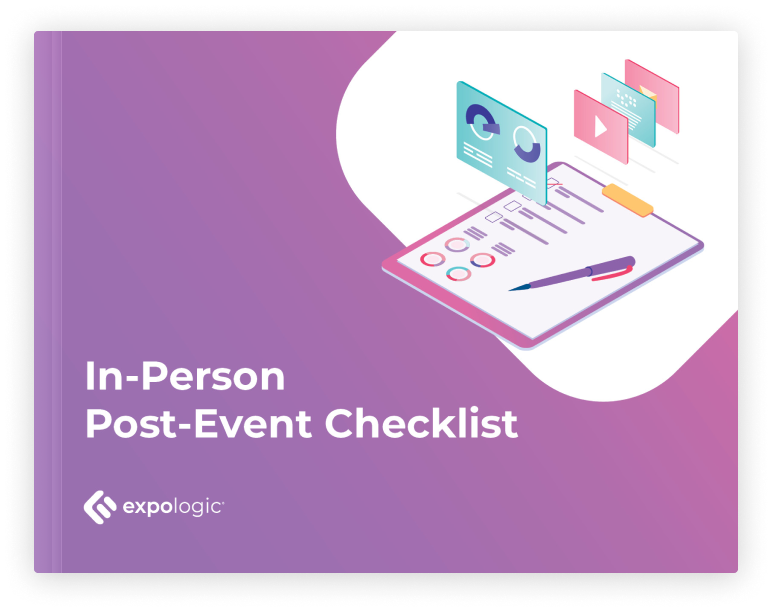You might believe your trade show, exposition, conference, or other significant event has gone well and met your expectations. The attendees seemed active and engaged, and you saw plenty of smiling faces as guests headed for the exits. You may have also experienced a significant uptick in affirmative social media posts in the wake of the event. While all the positive vibes and rave reviews can make you feel good, they may not be precise indicators of the event’s success. Measuring event ROI (return on investment) can deliver a more accurate view of the outcome.
Determine your metrics and KPIs to increase event ROI
Before calculating your event’s ROI, you’ll need to identify your metrics and key performance indicators (KPIs). Metrics are measures of quantitative assessment that enable you to evaluate, compare and track performance. KPIs provide a quantifiable measure of performance over time for a specific objective.
You can interchangeably use metrics and KPIs, but they have different meanings. While metrics track and provide data regarding standard business processes, KPIs are more targeted and help define strategies and a clear focus. Thus, KPIs are more valuable when measuring event ROI.
Typical event KPIs include:
- Attendance: Knowing how many people attended your event provides a simple ROI measurement tool. Use this figure to calculate the cost per attendee based on your overall expenses.
- Engagement rate: Engaged attendees actively participate in the event and are eager to interact with others. While this KPI may seem more intangible, you can gauge ROI by tracking the number of views or posts left on live social media feeds during the event or polling the responses for each speaker.
- Net promoter score: A net promoter score KPI uses a scale of 1-10 to measure attendees’ responses to an event. A score of at least seven indicates a positive outcome, while anything less than seven is considered negative. Take the percentage of positive responses and subtract the percentage of negative reactions you receive to calculate the net score.
- Attendee-to-sales qualified lead (SQL) conversion rate: If your goal is to attain sales leads at your event, this KPI can help determine the success rate. To make this calculation, divide the number of leads you receive by the total number of attendees.
- Accounts influenced: If you sell products or services to the business-to-business (B2B) market, you can gauge your event ROI — at least in part — by the number of decision-makers who attend. Use the registration form to ask attendees to list their job titles and determine the number of responses with positions such as manager, supervisor, president or CEO.
- Session popularity: If your event consists of multiple sessions, you’ll want to know which ones were the most and least popular. This information can assist you when planning future events by enabling you to determine the audience’s interests, likes and dislikes. You can gather this data by polling attendees afterward and asking them to state their preferences.
Example: Measuring registration vs. attendance
While the KPIs listed above focus primarily on event participation measures, another crucial factor is the number of people who register compared to the number of actual attendees. If you notice a significant dropoff in this area, you may need to adjust your promotional and post-registration processes.
How to measure registration vs. attendance to increase event ROI
Here’s a simple calculation for comparing registration and attendance. Suppose your business or organization has pre-registered 100 people for an event. If 70 people show up, the attendance rate is 70% of the registrants. Depending on the total expenses, this rate may or may not be enough to meet the cost-per-attendee you need to achieve your desired ROI.
If your registrant-to-attendee conversion rate is too low, it could mean that you haven’t “sold” your event’s value and benefits enough to maintain interest after convincing your audience to sign up. Consider surveying registrants to determine whether there were other reasons they didn’t attend.



